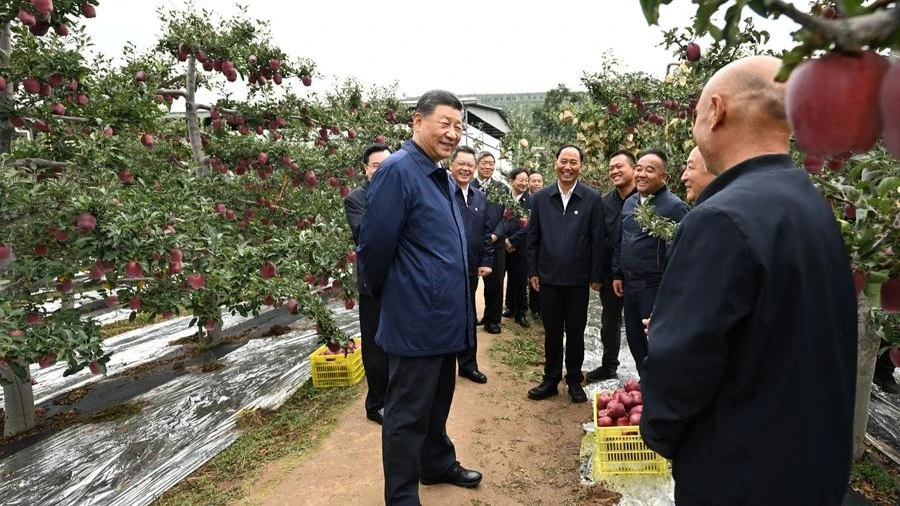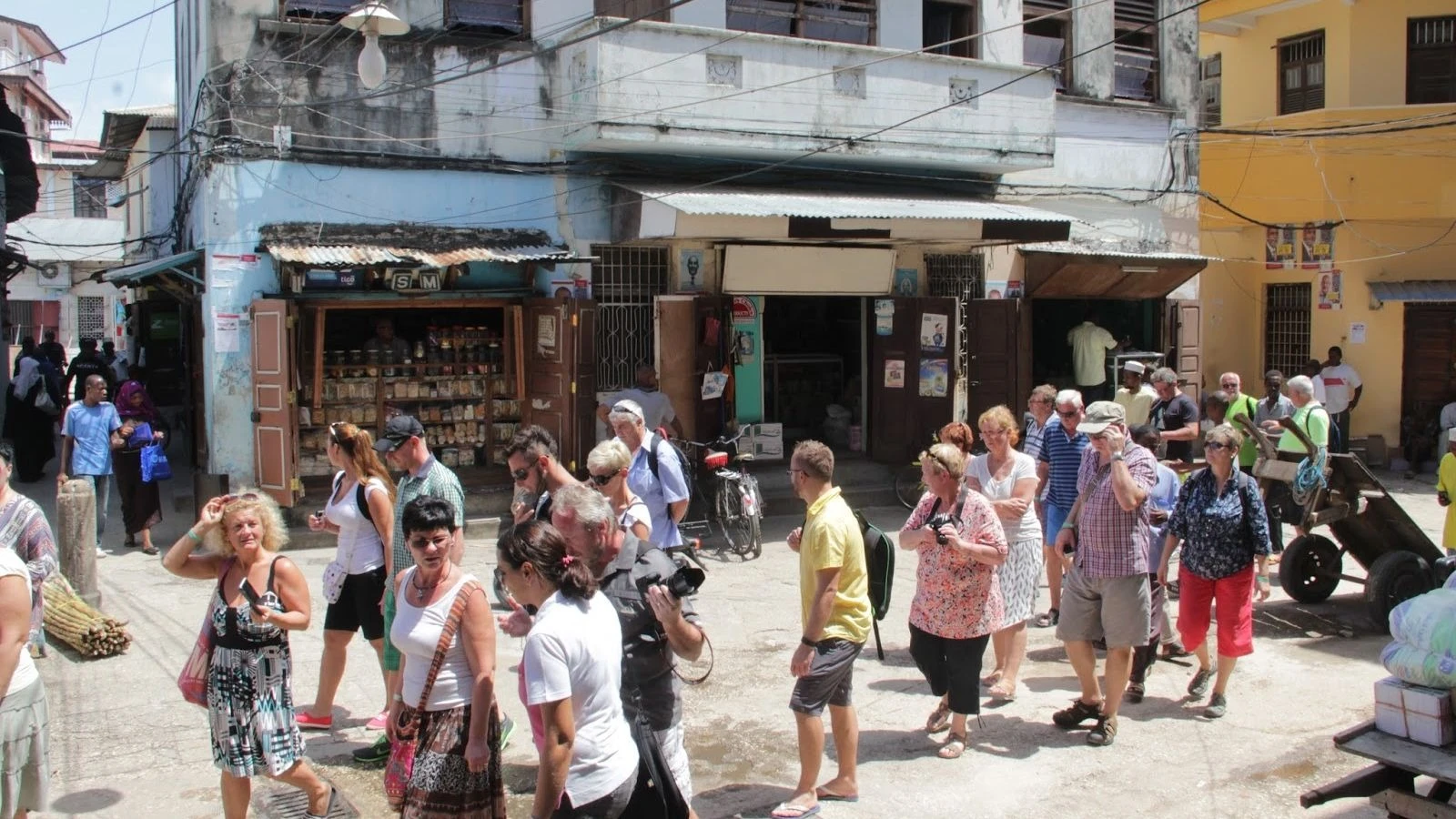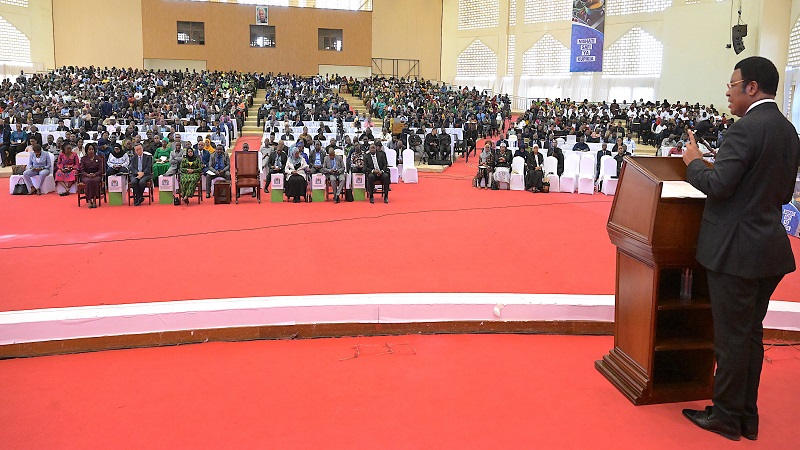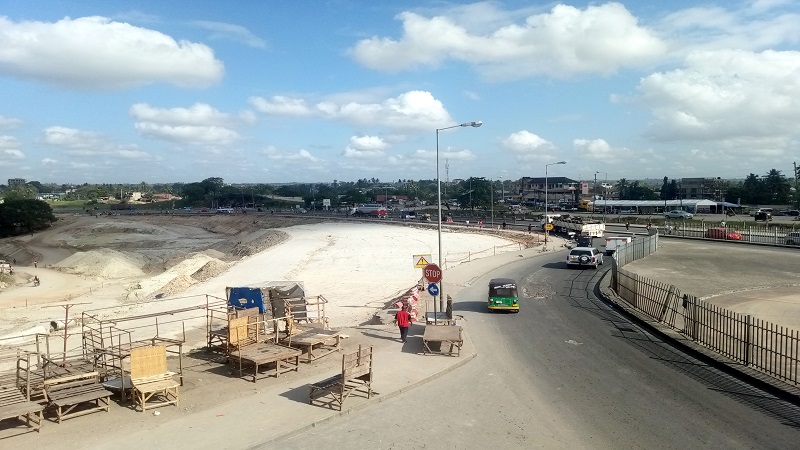China’s $70bn property rescue plan limps off starting line
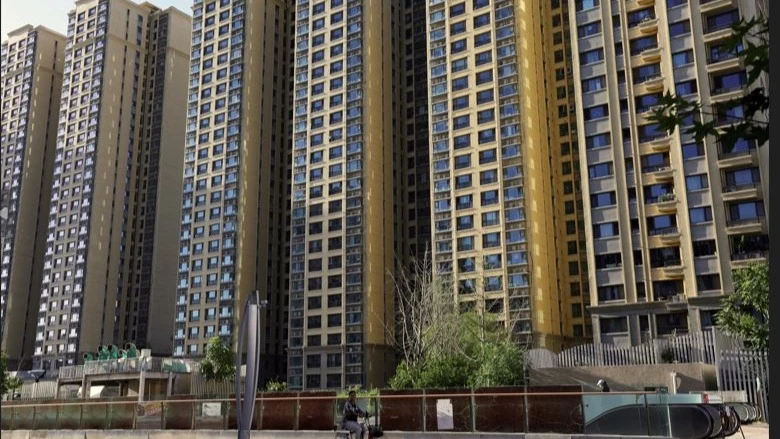
China has disbursed only a fraction of a flagship central bank fund designed to rescue property developers, as authorities struggle to cut a vast stock of unsold homes and end a prolonged real estate slump.
Beijing unveiled a plan in May for the People’s Bank of China and state banks to mobilise up to Rmb500bn ($70bn) in lending to support local government enterprises to buy up unsold property. Local governments would then lease the property as social housing.
But the latest figures from the PBoC show that banks have lent only Rmb24.7bn under the scheme, prompting the central bank this month to promise to “accelerate” the programme.
“The implementation has been one of the bottlenecks,” said Lisheng Wang, China economist at Goldman Sachs, as banks, local governments and others struggle to agree on property pricing.
The slow take-up comes as policymakers have struggled to stabilise the real estate sector, undermining household confidence in a country where property accounts for most of people’s wealth, according to analysts.
Beijing’s policy responses have emphasised market-based lending through the financial system, but they have run into a challenging economic backdrop. Credit demand has slumped, with new renminbi loans to the real economy turning negative for the first time since 2005 in July.
New home sales by area were about half the level of three years ago on a rolling 12-month basis as of June, and construction starts were down two-thirds from their peak in early 2021 despite multiple property support measures, according to Chen Long, founder of research group Plenum.
The market originally greeted the relending programme with enthusiasm, saying the policy of intervening in the market by supporting local government purchases of unsold housing was a step in the right direction.
The potential market of unsold housing is immense. Goldman Sachs has estimated that China’s new housing inventory could be up to 30 times average monthly sales. To reach the 2018 average of nine months’ worth of monthly sales, the government would need to spend Rmb7.7tn, buying housing inventory at 50 per cent of market prices, Goldman said.
Under the relending programme, the PBoC committed to providing up to Rmb300bn in funds, which banks can use to support up to 60 per cent of the principal of their loans, meaning it could generate a total of Rmb500bn in lending.
The central bank said this month in its monetary report for the second quarter that only Rmb12.1bn of its own fund had been drawn as of the end of June, while total loans outstanding were Rmb24.7bn.
But according to Capital Economics, part of this total had already been committed under an earlier pilot programme that started in February 2023 and was later merged with the May relending scheme, meaning the amount of lending the new scheme had generated was even lower.
“The sums being deployed so far are still too small to make a meaningful difference to overall housing demand and developer finances,” said Zichun Huang and Julian Evans-Pritchard at Capital Economics.
Similar targeted lending programmes for the property market and other sectors have suffered slow adoption, raising questions about the effectiveness of Beijing’s stimulus policies.
Analysts said one of the problems was that the relending scheme relied on the assumption that rental yields would be high enough to justify the outlay for state banks. Authorities have stressed that institutions must “make their own decisions and bear their own risks”.
“My sense is that the credit risks are still too high for banks,” said Larry Hu, chief China economist at Macquarie. He added that “local [state-owned enterprises] may also lack the incentive” given low rental yields.
Xiaoxi Zhang, analyst at Gavekal Dragonomics, said policymakers could boost the scheme by reducing interest rates to prevent new loans from becoming lossmaking. She calculated that while rental yields in China’s cities ranged from 1.75 per cent to 3 per cent, banks were probably lending closer to corporate loan rates, which are higher.
“Not surprisingly, local officials do not appear keen to undertake many such projects when they are focused on reining in their debt,” Zhang said.
But she suggested that policymakers might prefer to wait and see if the market bottoms out without further intervention.
Most analysts, however, have forecast more downside to come for the property market.
Goldman’s Wang said that while there were “green shoots”, such as more favourable government policies, “new home sales are still pretty sluggish with double-digit contractions year on year”.
“Looking ahead, we do need to see more forceful implementation of policy to facilitate the housing destocking before we will see any meaningful improvement,” he said.
Top Headlines
© 2024 IPPMEDIA.COM. ALL RIGHTS RESERVED












